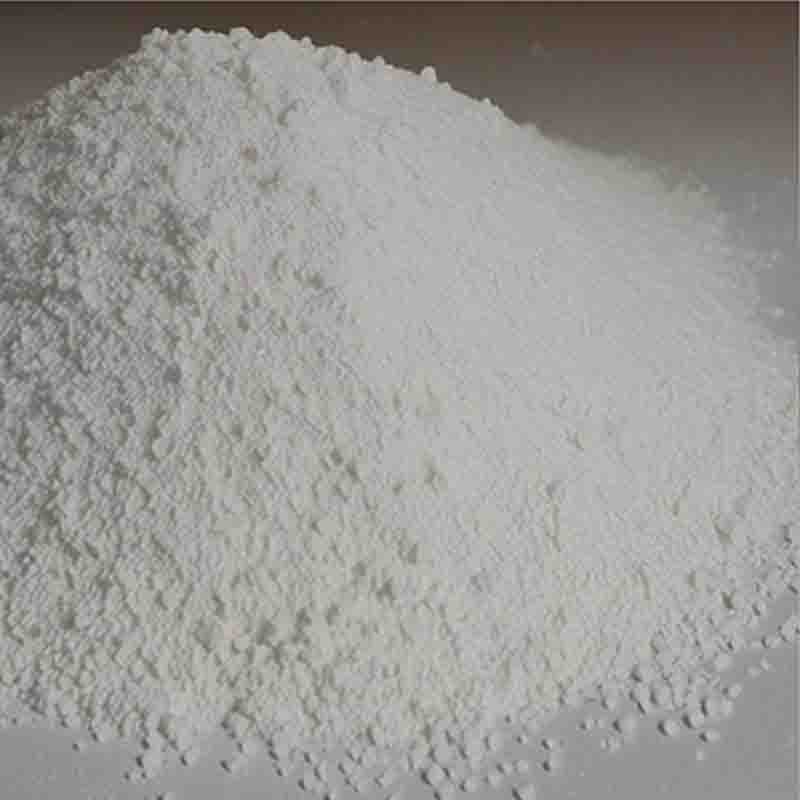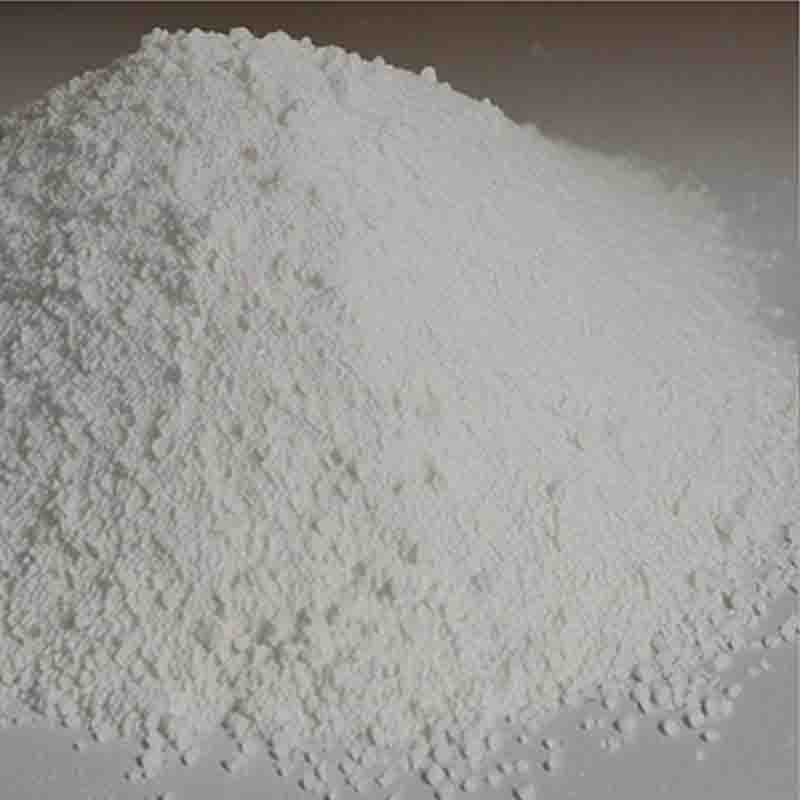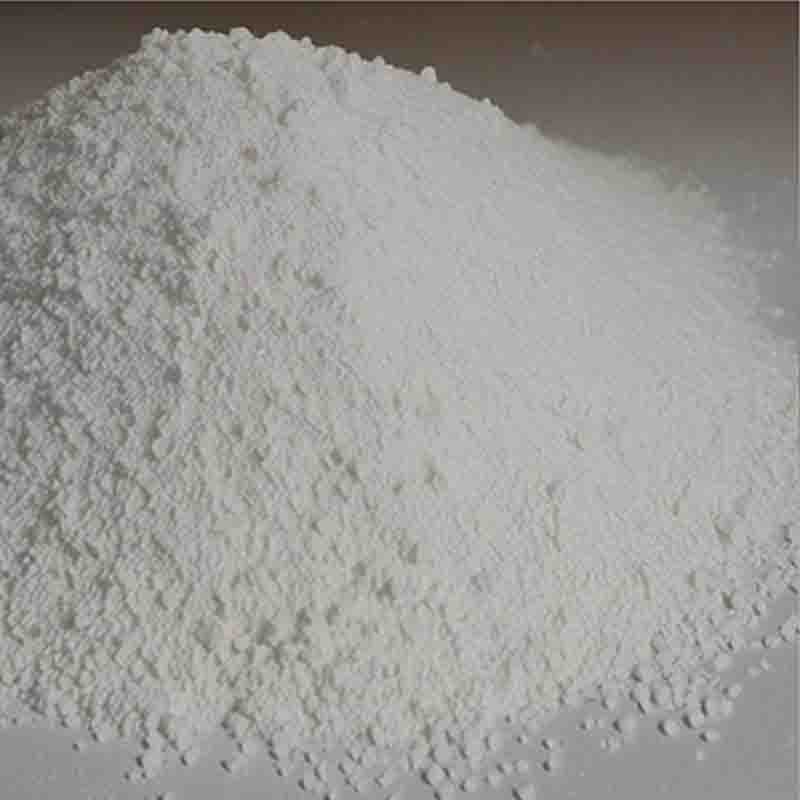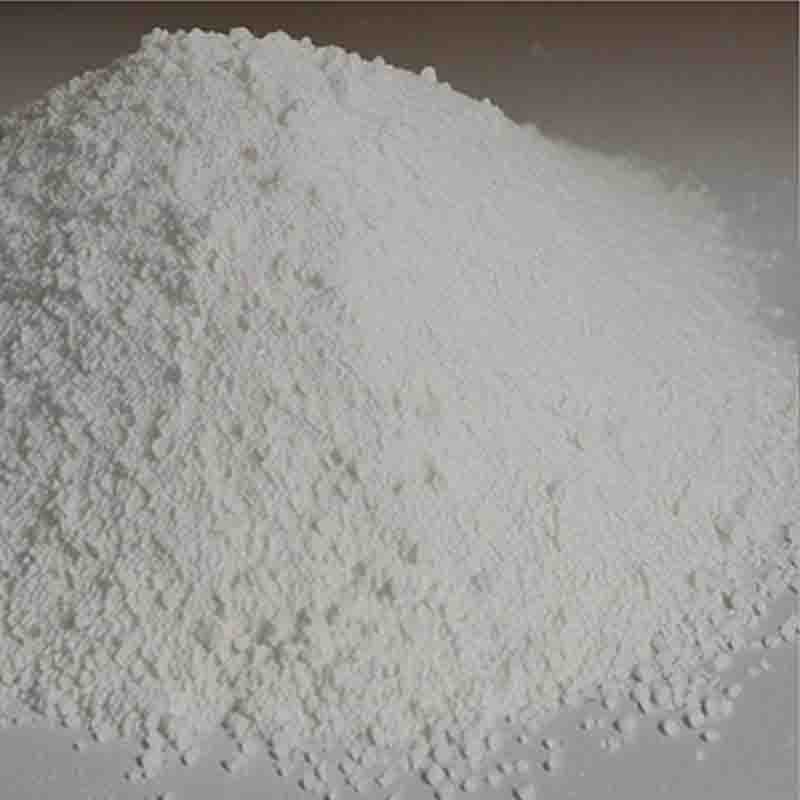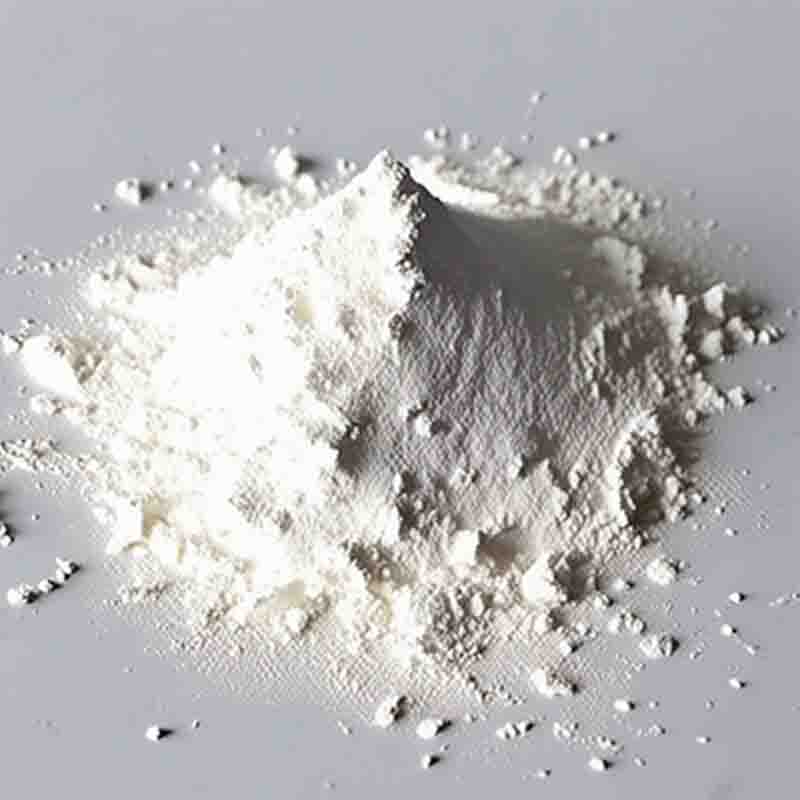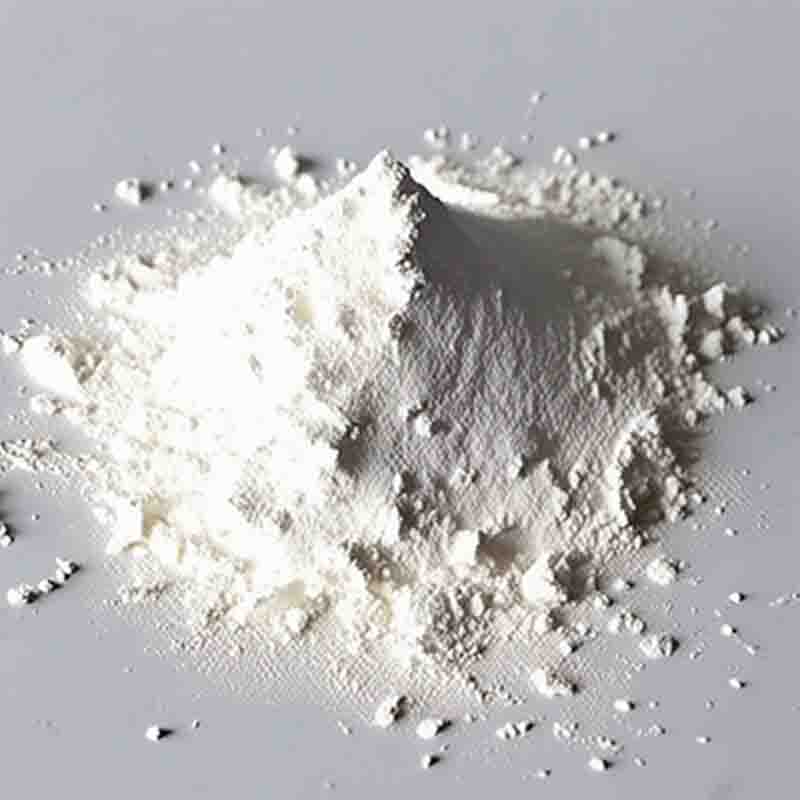(9-phenyl-9H-carbazol-2-yl)boronicacid CAS:1001911-63-2
| Catalog Number | XD96069 |
| Product Name | (9-phenyl-9H-carbazol-2-yl)boronicacid |
| CAS | 1001911-63-2 |
| Molecular Formula | C18H14BNO2 |
| Molecular Weight | 287.12 |
| Storage Details | Ambient |
Product Specification
| Appearance | White powder |
| Assay | 99% min |
(9-phenyl-9H-carbazol-2-yl)boronic acid is a compound with interesting properties and potential effects in various fields. It consists of a boronic acid group attached to a phenyl group, which is further connected to a carbazole moiety. These structural features contribute to its potential applications and effects.One potential effect of (9-phenyl-9H-carbazol-2-yl)boronic acid is its ability to act as a building block in organic synthesis. Boronic acids are known for their versatility in various reactions, including Suzuki-Miyaura cross-coupling reactions. This compound can serve as a precursor for the synthesis of more complex organic molecules, especially those containing carbazole or phenyl groups. These synthesized molecules can be further explored for their potential as organic semiconductors, dyes, or materials with optoelectronic properties.Furthermore, (9-phenyl-9H-carbazol-2-yl)boronic acid has been investigated for its potential in photovoltaic devices. The carbazole moiety in the compound has shown efficient charge transport properties, making it a suitable component for use in solar cells. By incorporating this compound into the donor or acceptor layer of organic photovoltaic devices, improved charge transport and overall device performance can be achieved.In addition, (9-phenyl-9H-carbazol-2-yl)boronic acid may have potential applications in the field of sensors and optoelectronics. Carbazole derivatives have been extensively studied for their fluorescence properties, and their incorporation into boronic acid compounds can enhance this property. This compound could potentially be utilized as a fluorescent probe for the detection of specific analytes, such as metal ions or molecules of biological interest.Moreover, boronic acids have been explored for their potential in drug design and delivery systems. The boronic acid group in (9-phenyl-9H-carbazol-2-yl)boronic acid can form reversible complexes with certain biomolecules, such as carbohydrates or amino acids. This property can be utilized in developing specific targeting systems for drug delivery or in designing prodrugs that can be activated by enzymatic cleavage.Overall, (9-phenyl-9H-carbazol-2-yl)boronic acid exhibits potential effects in organic synthesis, photovoltaics, sensors, and drug design. Its unique molecular structure, incorporating the boronic acid and carbazole groups, makes it a versatile compound for various applications in different fields. However, further research and exploration are necessary to fully understand and optimize its effects in these areas.


